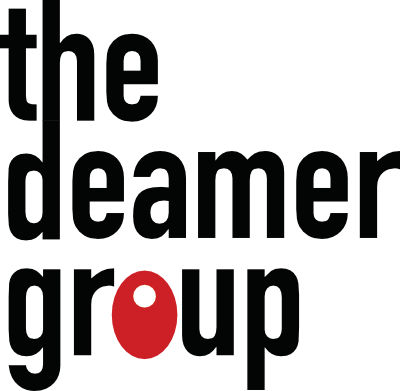In 2003, Dan Rooney, then owner of the Pittsburgh Steelers and chairman of the NFL’s diversity committee, established what has become known as the “Rooney Rule.” This rule requires league teams to interview ethnic-minority candidates for head coaching and senior football operation jobs. It was recently expanded to include women as part of the external minority candidate interview pool.
While the NFL appears to recognize how the league has failed to embrace diversity, the policy so far has fallen short of reaching its intended objectives. In February of 2022, former Miami Dolphins head coach Brian Flores filed a class-action lawsuit against the NFL and all 32 teams, alleging racial discrimination in hiring processes across the league. Although his personal experience was rather shocking, other black NFL coaches have shared their stories claiming that they were, in fact, interviewed for open positions, but only so that the team in question could say that they were in full compliance with the Rooney Rule.
Since 2003, there has been a dramatic increase by organizations and industries to adopt various Diversity, Equity and Inclusion (DEI) guidelines, but in many cases, like the NFL, those guidelines fail to have the intended effect. The reason can often be traced to three important issues that must be considered in any diversity initiative:
- What data is available and necessary in order to measure results?
- What are the specific changes that the organization would like to see?
- What are the plans for accountability for all the various stakeholders?
As with the Rooney Rule, any diversity plans or policies are only as good as the people and the process established for carrying them out. If there is not a clear understanding of what problem the program is supposed to solve, it is impossible for the people responsible to understand what their role is in the bigger picture. Only with data, a clear idea of the outcome sought, and accountability, can a diversity plan have any chance of success.
How should organizations embracing the intent make sure their initiatives will have an impact on DEI? Here is a three-part framework that will increase the odds.
- Make sure everyone understands the “why”
It’s easy to just implement a DEI policy and tell everyone it must be followed. But in order to fully engage them in the change, first explain how the proposed changes are relevant to the company and to its leaders. Share information and data on how diversity improves the company’s ability to attract top talent from those groups. Show them how a more diverse workforce improves the feeling of “belonging” to those who are a part of the face of diversity of the organization. Finally, any DEI program must have the full support of all of the company’s leadership, starting with the CEO. In fact, the CEO should be the primary driver of any and all diversity initiatives and should be highly visible in all aspects of the program.
- Ask for feedback — and really listen
Once everyone understands why DEI is important to the future of the organization, they must become engaged in creating the solutions and supporting it. As the program unfolds, maintain ongoing dialogue with those directly involved. Seek to understand the problems that may exist and ask them to offer potential ways to overcome them. This will help develop accountability and will help to ensure that the program is having the intended impact.
- Celebrate success and nudge those that need it
Creating and implementing a new process, especially one around DEI, requires a lot of work. And we all know that change is hard. To build and maintain momentum, encourage and recognize those who are fully engaged in the program and are seeing the intended results. But also recognize those who are attempting to use the process but are not seeing the same results. Praise the action you want more of and that is what you’ll get. For those who are not embracing the program, go back to step two. Ask questions about the challenges they are facing and why they aren’t following the process. You will usually find ways to reengage them, or you may even find an area that needs improvement.
Until there is a meaningful reform and accountability around a diversity initiative and how (and why) the company supports it, no manner of policy or procedure will yield the intended change. With the right data, a clear set of outcomes identified, and accountability for results, a more diverse workforce can be just around the corner.

